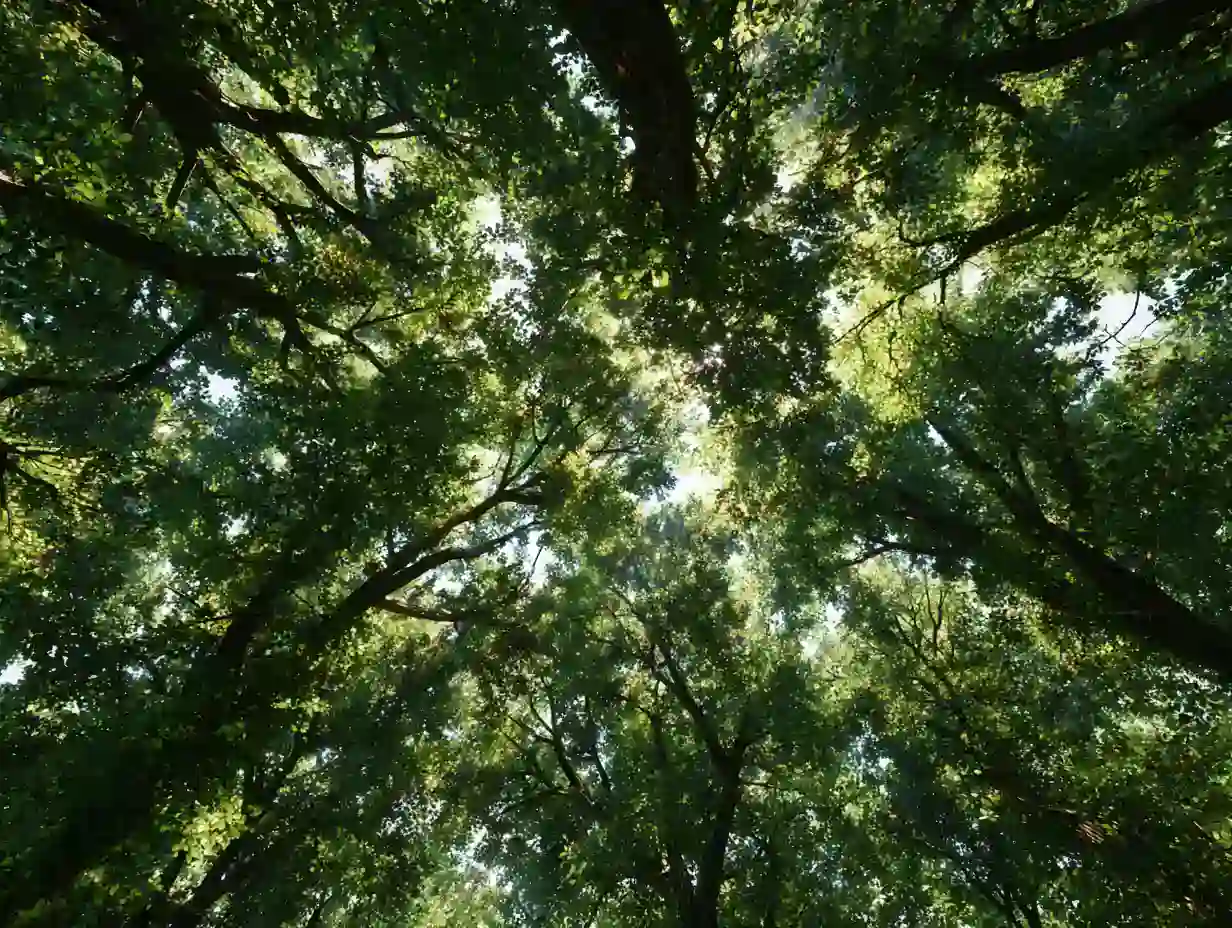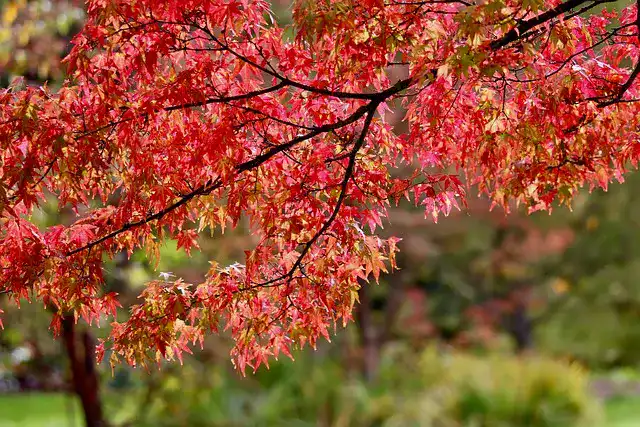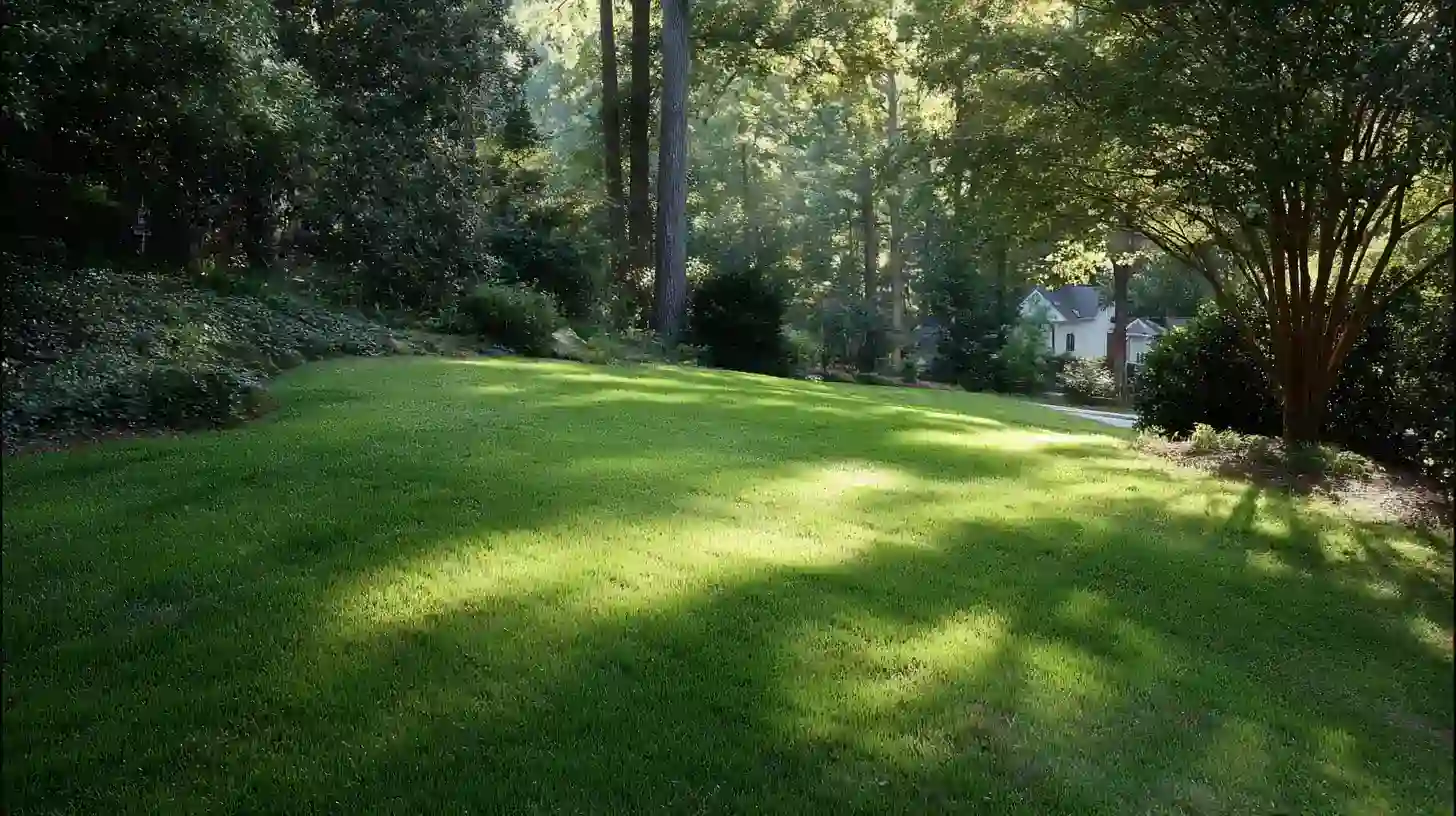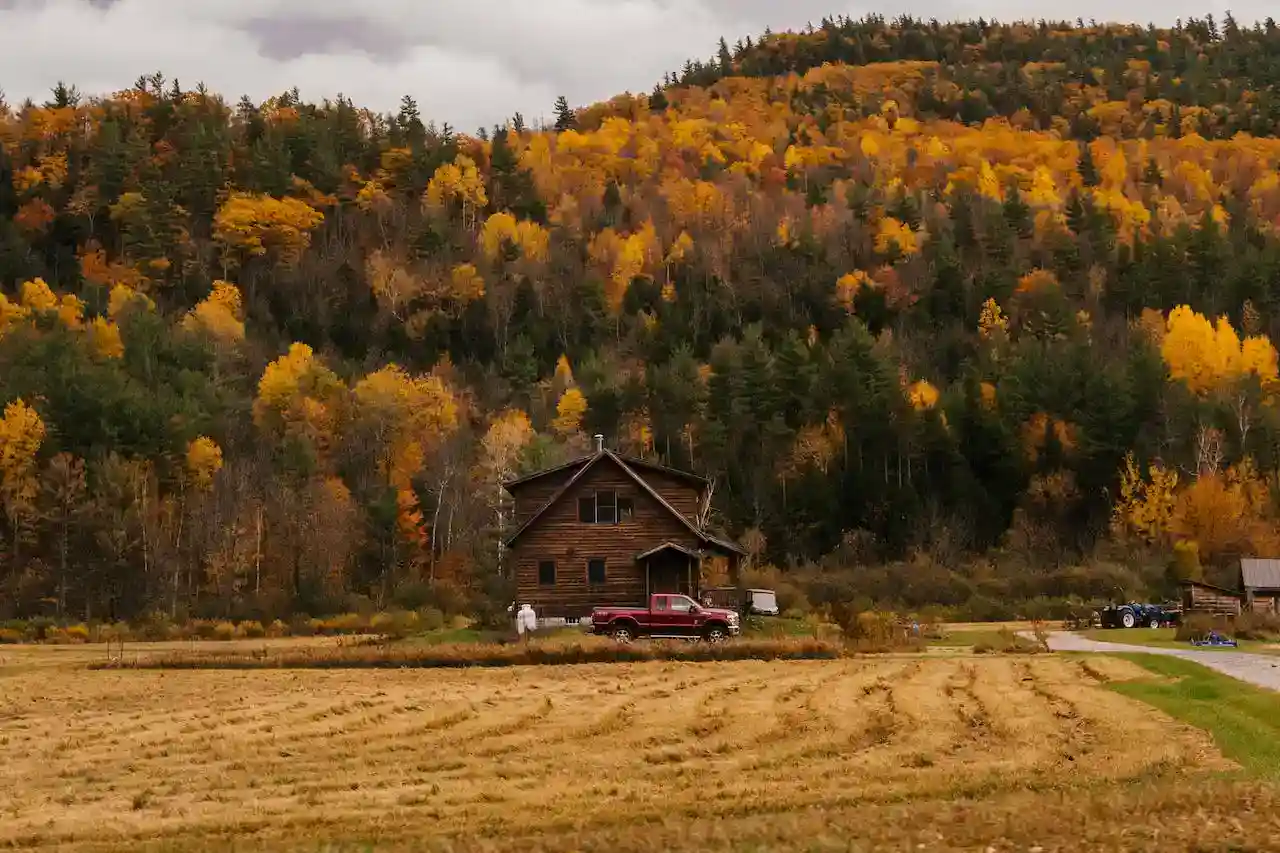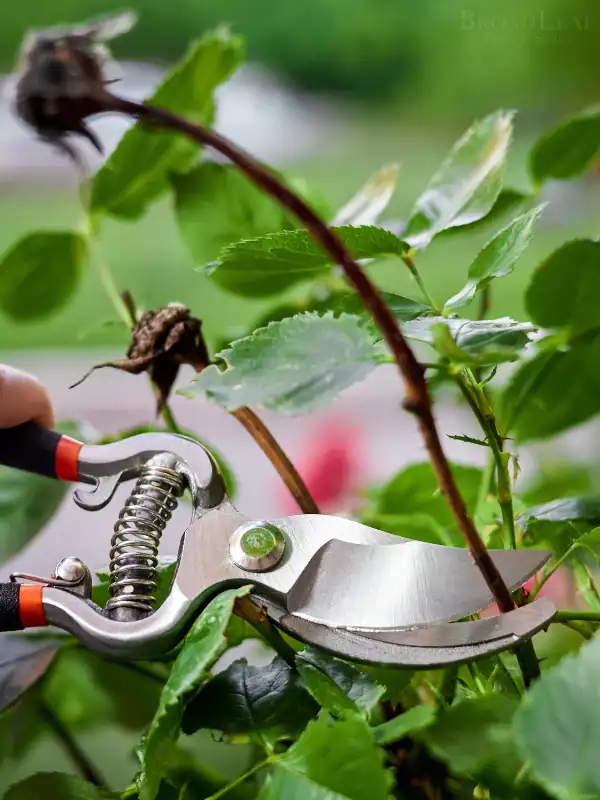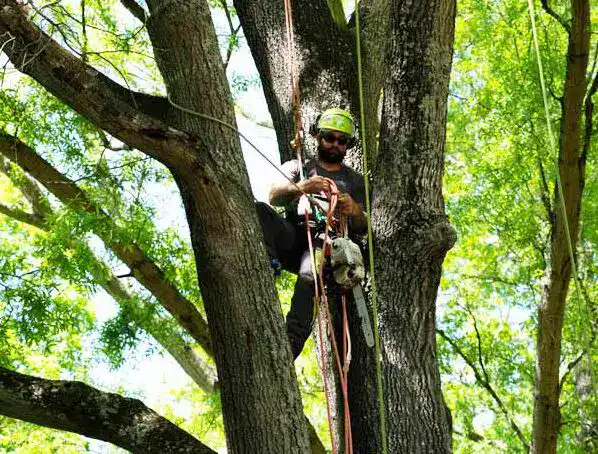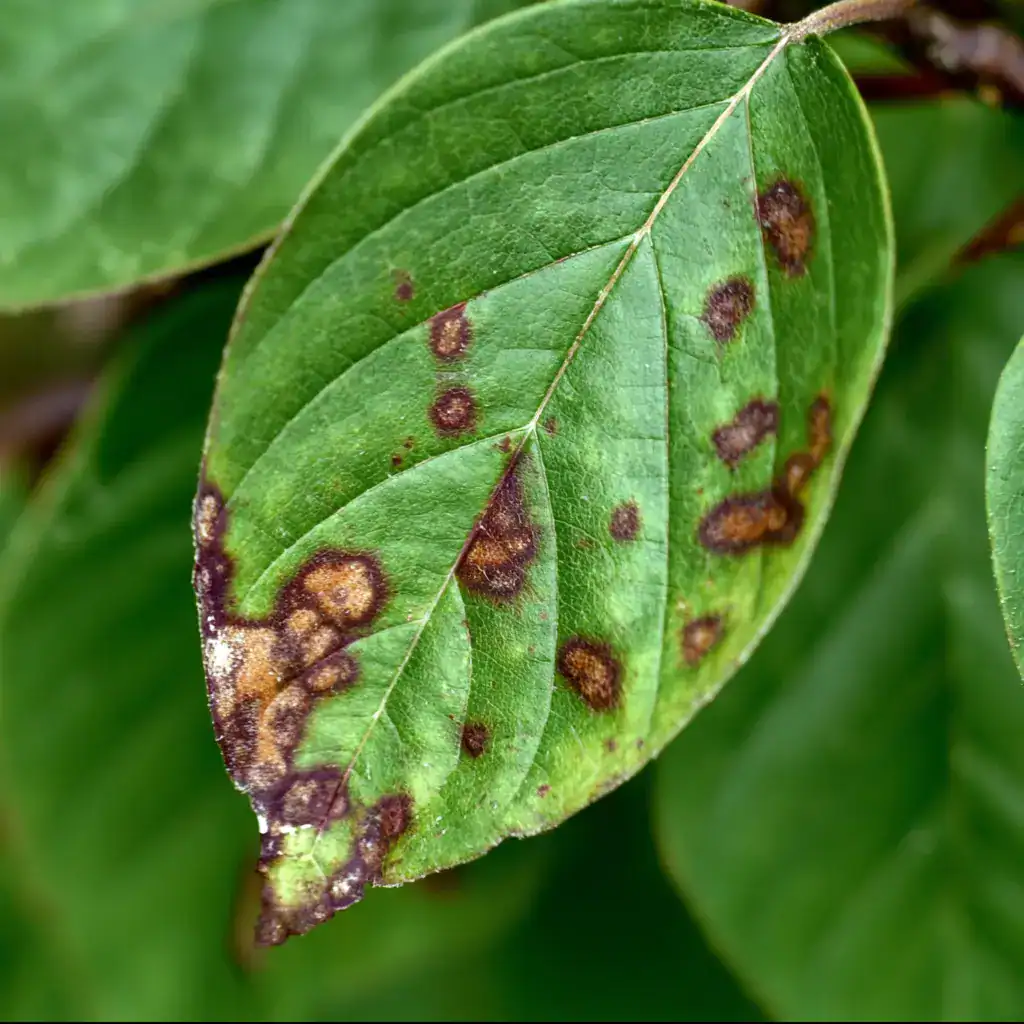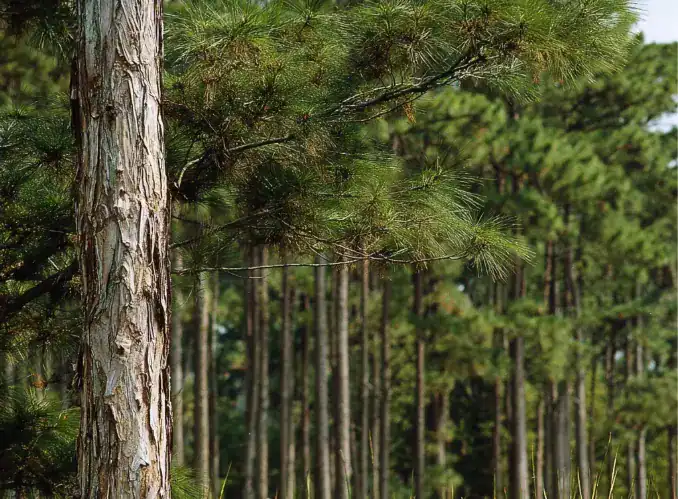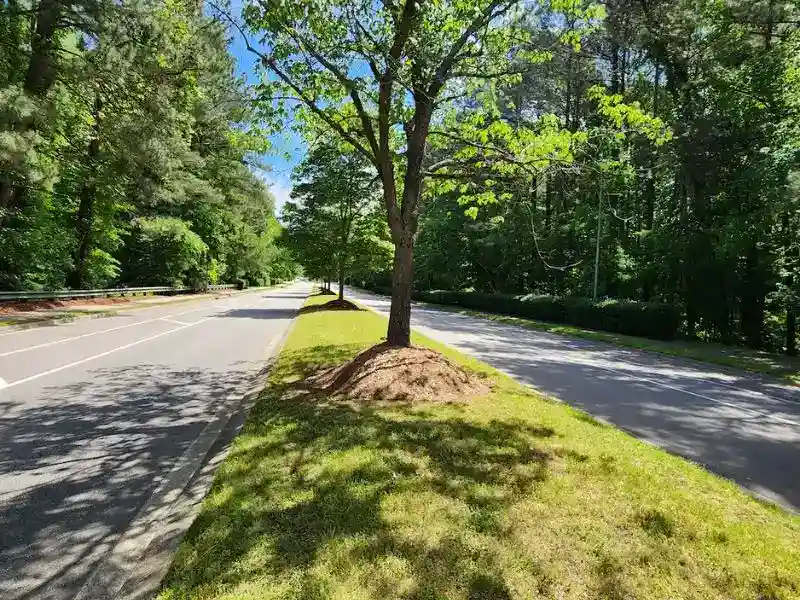Tree and Shrub Resources
About broadleaf tree & shrub: Getting to the Root of Your Tree Problems
We are glad that you’re here to learn about BroadLeaf Tree & Shrub. We are a company who is committed to providing you with outstanding service.
Our professionals have over 50 years of experience in the industry and are dedicated to customer satisfaction. We have certified arborists on staff, and follow all TCIA and ISA guidelines.
Our professionals take pride in what they do. Each job is handled with meticulous care and extensive skill, guaranteeing that you get outstanding end results. Our ultimate goal is to make sure you get the expert service you deserve.
Our Triangle Area based tree removal and tree pruning service offers a range of benefits that make it the best choice for anyone in need of tree care.
